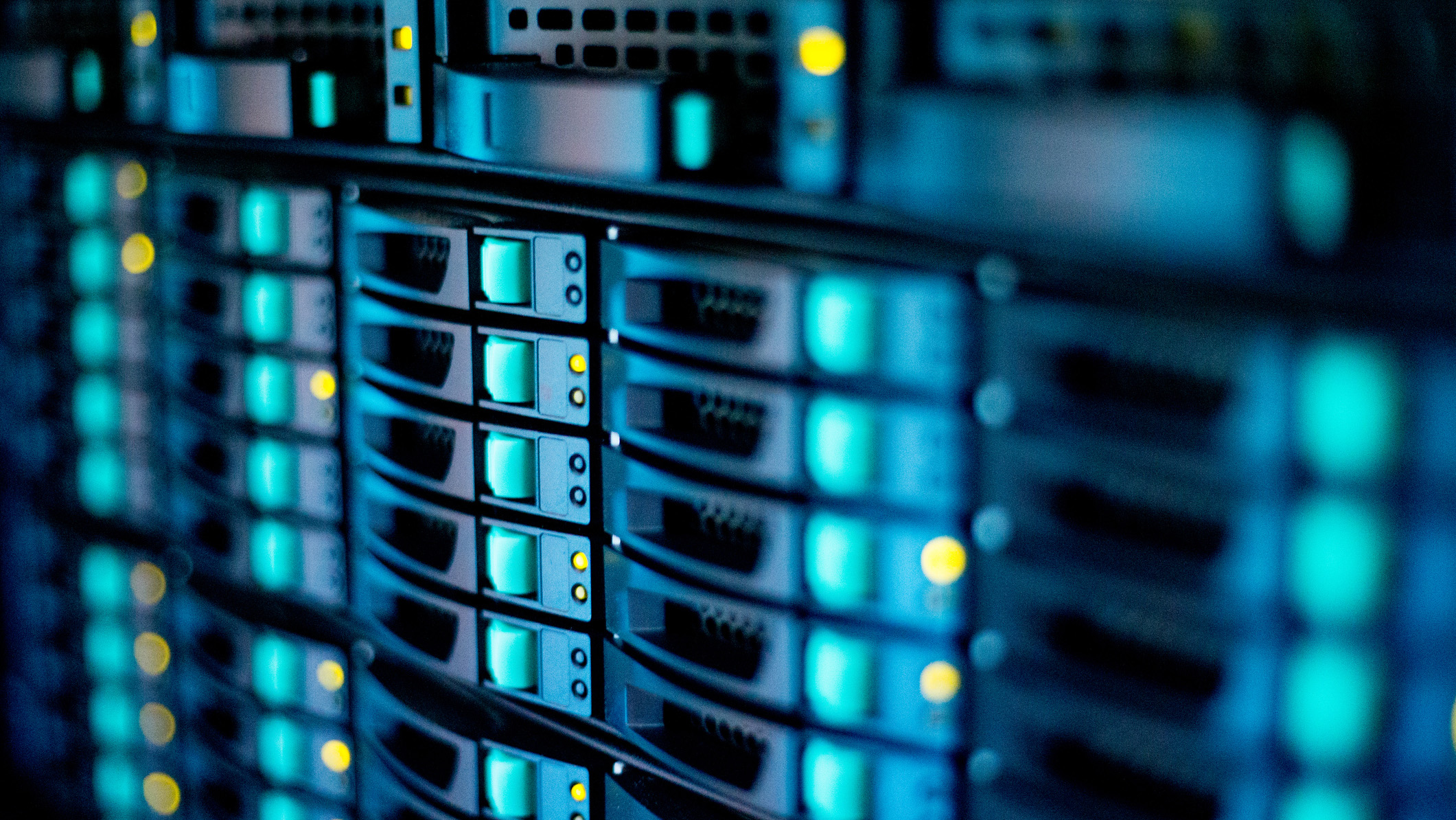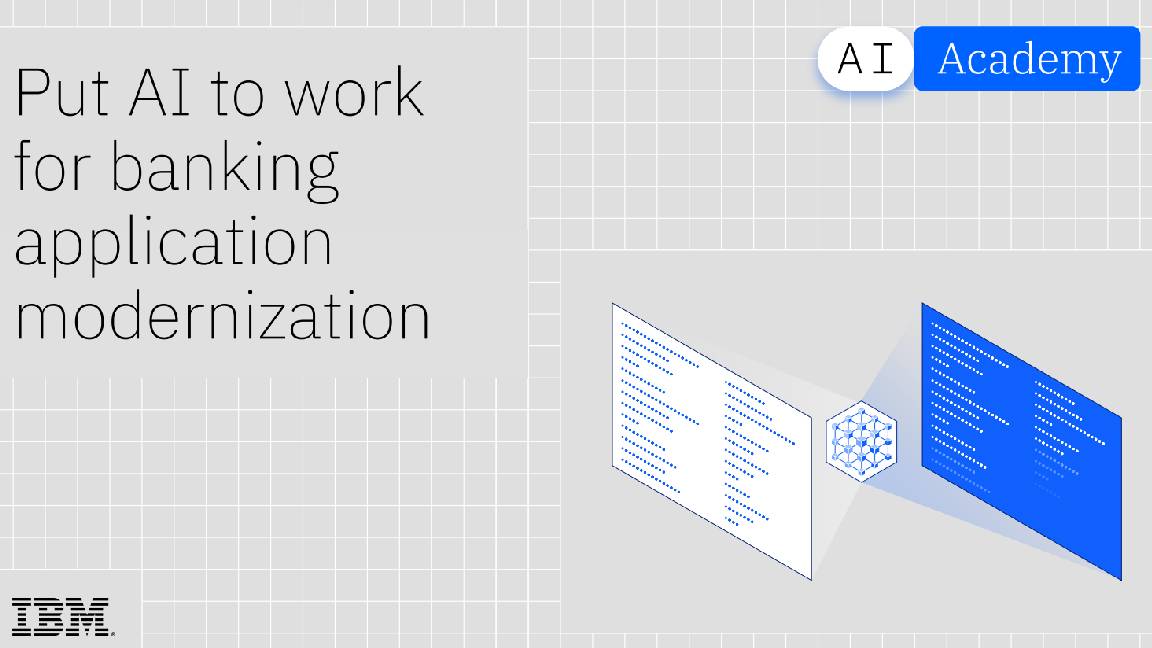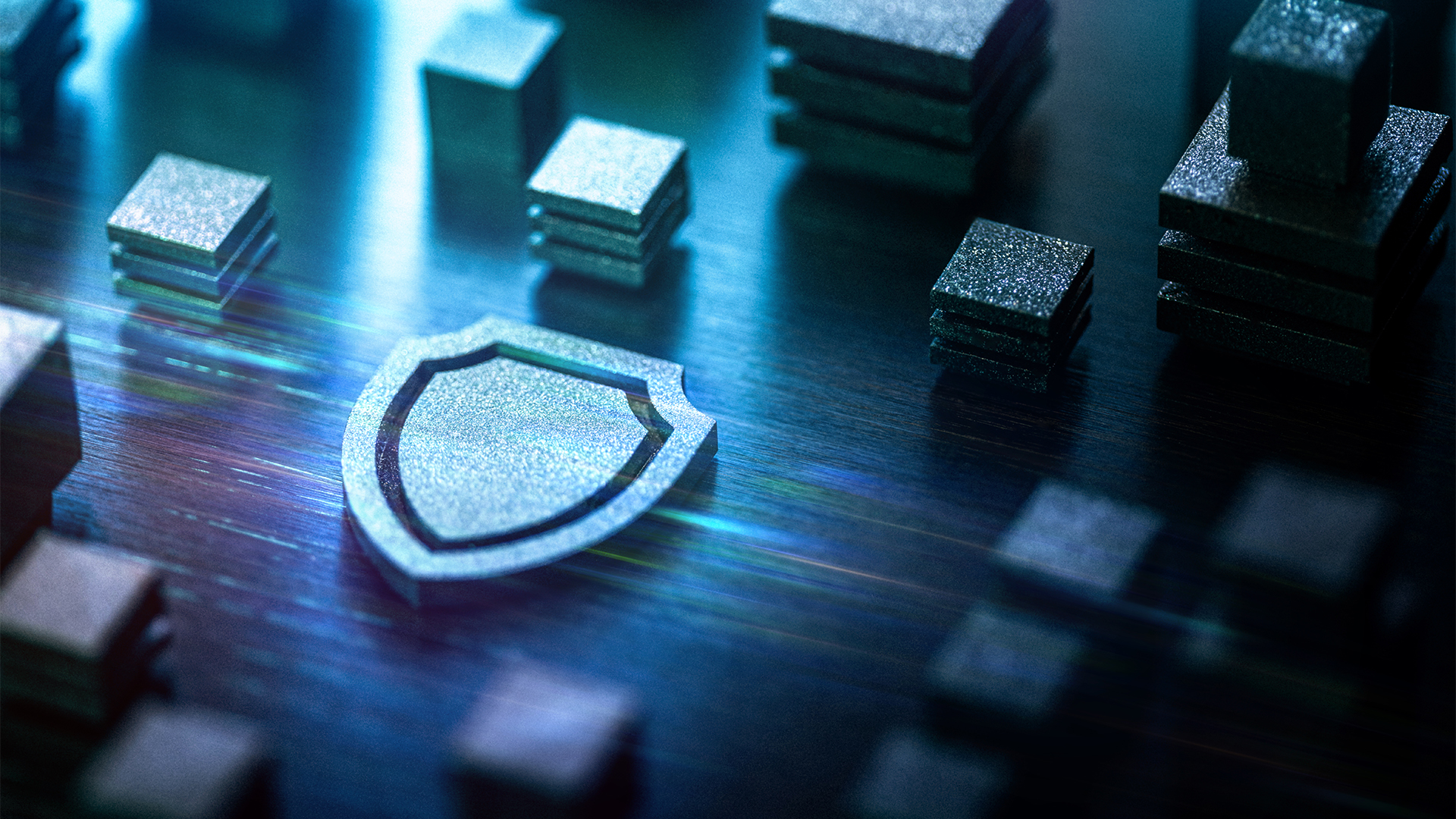What is a bare metal server?
Anyone looking to precisely tune hardware to suit specific workloads should consider bare metal


A bare metal server is one where you have effective ownership of the entire computer, and can control exactly what hardware is installed and what software runs on it. The name reflects the fact that you have access to the "bare metal" of the device.
In the past, when companies operated their own server rooms, bare metal configurations were the norm. The past few decades however have seen most businesses move to cloud-hosted virtual servers, and bare metal is now considered a specialist requirement
What's the difference between bare metal and a virtual server?
A virtual server operates entirely inside a virtual machine. Its access to the host hardware is managed and mediated by a hypervisor application. When you lease a cloud-hosted virtual server, it will probably be one of multiple virtual machines running on a single physical computer – but you will only have access to the specific virtual server that's running your software, which in turn will only have access to computing resources that the hypervisor makes available.
In a bare metal setup, by contrast, your server software runs directly on the hardware and has full access to all resources. You may choose to install a virtualization host and run virtual machines inside the server environment, but the whole computer is still ultimately managed by you.
Is bare metal the same as a dedicated server?
For an extra fee, some companies offer dedicated servers (also known as single-tenant servers), which come with a guarantee that no virtual machines other than your own will be running on the provided hardware.
This allows you to avoid "noisy neighbor" syndrome – where your server performance is affected by other virtual machines running on the same physical hardware and tying up the available CPU, RAM, or storage.
However, these dedicated server offerings may still involve accessing a virtual environment, configured to the hosting provider's preferred parameters and running on a standard hardware platform. With a bare metal server, you're completely free to configure the hardware and software as you please.
Sign up today and you will receive a free copy of our Future Focus 2025 report - the leading guidance on AI, cybersecurity and other IT challenges as per 700+ senior executives
What are the advantages of configuring your own server hardware?
While virtual servers can be highly flexible, bare metal gives you more options to precisely tune the hardware to suit your specific workload, such as installing expansion cards to accelerate particular operations.
The ability to customize the hardware is also useful for developers who need to test their code's compatibility with specific devices and peripherals – or those working with low-level drivers, which aren't normally accessible from within a virtual machine.
Why might you want a custom software specification?
Depending on your workload, you may see performance gains from running your operating system and software directly on the hardware, rather than inside a hypervisor. With a bare metal configuration, there's also less chance of a security breach arising from bugs or vulnerabilities in the hypervisor, or in the hosting provider's orchestration software.
At the same time, it's important to remember that you alone are responsible for the security and the safety of your data, and that applies especially with bare metal servers. A hosting provider's standard backup and data replication services may not be available on non-standard platforms, and they might have a very limited ability to detect and deal with any security issues that may arise.
How do you get access to a bare metal server?
It's still entirely possible to set up a bare metal server on your own premises and access it over your own network. This gives you direct access to the hardware and storage devices, so you can very easily configure and adjust the configuration as needed.
RELATED WHITEPAPER

Alternatively, many hosting providers now offer bare metal servers inside their own data centers. Even larger platforms can provide such resources on request, within certain parameters: for example, both Amazon EC2 and Microsoft Azure offer bare metal servers based on Intel Xeon Scalable processors with between two and 24 sockets.
Using a hosted bare metal server means you keep some of the advantages of cloud infrastructure, such as the ability to scale your resources up or down as required, without needing to invest in expensive processor and hardware components. You can also benefit from very fast connections between the bare-metal server and virtual machines hosted on the same network.
Other benefits include protection against power outages, hardware failures, and other material risks. Depending on your configuration, you may be able to set up backups and data redundancy too, for a high degree of confidence that even if the worst should happen your data will be protected.
Darien began his IT career in the 1990s as a systems engineer, later becoming an IT project manager. His formative experiences included upgrading a major multinational from token-ring networking to Ethernet, and migrating a travelling sales force from Windows 3.1 to Windows 95.
He subsequently spent some years acting as a one-man IT department for a small publishing company, before moving into journalism himself. He is now a regular contributor to IT Pro, specialising in networking and security, and serves as associate editor of PC Pro magazine with particular responsibility for business reviews and features.
You can email Darien at darien@pcpro.co.uk, or follow him on Twitter at @dariengs.
-
 What businesses need to know about data sovereignty
What businesses need to know about data sovereigntyWithout a firm strategy for data sovereignty, businesses put their data and reputations at risk
-
 Anthropic says MCP will stay 'open, neutral, and community-driven' after donating project to Linux Foundation
Anthropic says MCP will stay 'open, neutral, and community-driven' after donating project to Linux FoundationNews The AAIF aims to standardize agentic AI development and create an open ecosystem for developers
